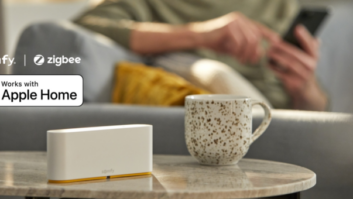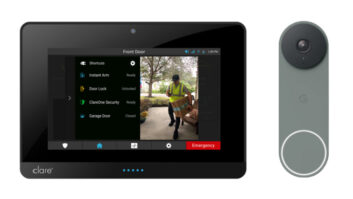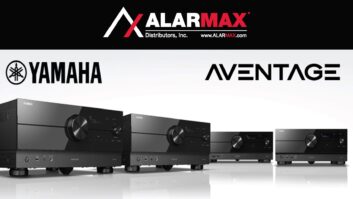Commercial-automation devices incorporating the low-power ZigBee wireless-network standard will be available late this year, followed quickly by ZigBee-enabled home-automation products, a ZigBee Alliance official said.
Motorola’s Jon Adams, chairman of the alliance’s interoperability group, said the alliance expects to release its final spec at the end of the third quarter or early fourth quarter and that products would be available at about the same time. This year, however, only commercial products will likely be available, he noted.
Last year, an alliance spokesperson forecast home and commercial ZigBee automation devices would be available in the second or third quarters of this year.
The power-efficient, low-bitrate technology is designed for industrial and residential control, monitoring and automation as well as for inventory tracking and management in big warehouses.
ZigBee functions could be embedded in consumer electronics devices, home security systems, lighting and PCs. Potential residential applications include alkaline-battery-operated temperature sensors that will communicate wirelessly to a central HVAC system. The sensor could send a wireless signal to close motorized shades in the room. The technology will work its way into inexpensive do-it-yourself devices, including moisture sensors on water heaters, the alliance said. The standard’s low power consumption will enable battery-operated devices.
Proprietary wireless standards are already used in home-automation products, but a common standard will drive down prices and expand the number of devices that will talk to one another, the alliance contended.
The 67-member alliance, created in October 2002, is developing additions to the wireless 802.15.4 standard ratified by IEEE in May 2003. Once finalized, the alliance will certify devices to guarantee interoperability, which will be designated by an alliance logo appearing on the product.
ZigBee plans its first public interoperability event in June.
Adams likened the IEEE standard to the wheels and chassis of a car, with ZigBee being the body. IEEE designated a physical layer that includes frequency band and signaling method, another layer for automatic device recognition, and encryption, but the standard didn’t incorporate application descriptions or a mechanism for creating a mesh or star network, Adams said.
The IEEE standard calls for a maximum 250Kbps data rate in the 2.4GHz band, a 40Kbps rate in the 900MHz band and a 20Kbps rate in Europe’s unlicensed 868MHz band. Sixteen channels will be available in the 2.4GHz band, and 10 will be available in the 900MHz band. The range is 20 to 30 meters in battery-operated devices ZigBee-grade 802.15.4 products will create a self-forming mesh network, though options will be available for othertopologies.
ZigBee is positioning its standard as a more reliable, lower power consumption alternative to the Z-Wave standard licensed by Zensys. Z-Wave is a low-power, 9.6Kbps mesh-network protocol that Zensys married with wireless.
“Z-Wave is better for a few nodes because you can overwhelm the channel capacity quickly,” Adams contended. With its lower bit rate, Z-Wave takes longer to send a signal (5 milliseconds to 6 milliseconds vs. 1 millisecond), increasing power consumption, he explained. In addition, Z-Wave operates only on one channel in the U.S. Both factors can cause delays in executing a command as a signal waits its turn to pass through a single channel, Adams claimed.












